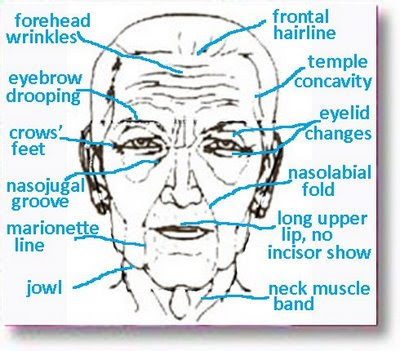Please tweet and retweet
Tweet
The medical term for stretchmarks is striae (stria for a single stretchmark). They also referred to as tiger stripes. Skin with stretchmarks has been studied under the microscopic as far back as 1889. Every adult knows what they look like. They can be caused by rapid mechanical stretching of the skin or by hormones made by the body or taken externally. They can most frequently be found on the abdomens of women of have been pregnant (striae gravidarum) and on the shoulders of teenage body builders (striae distensae). They are also seen in overweight individuals, after rapid growth during puberty and adolescence, in people with Cushing's syndrome, after topical or prolonged treatment with steroids and on the breasts after breast augmentation or pregnancy and subsequent breast feeding. The combination of rapid growth in the early teen years and excessive weight gain is sure to result in stretchmarks.


